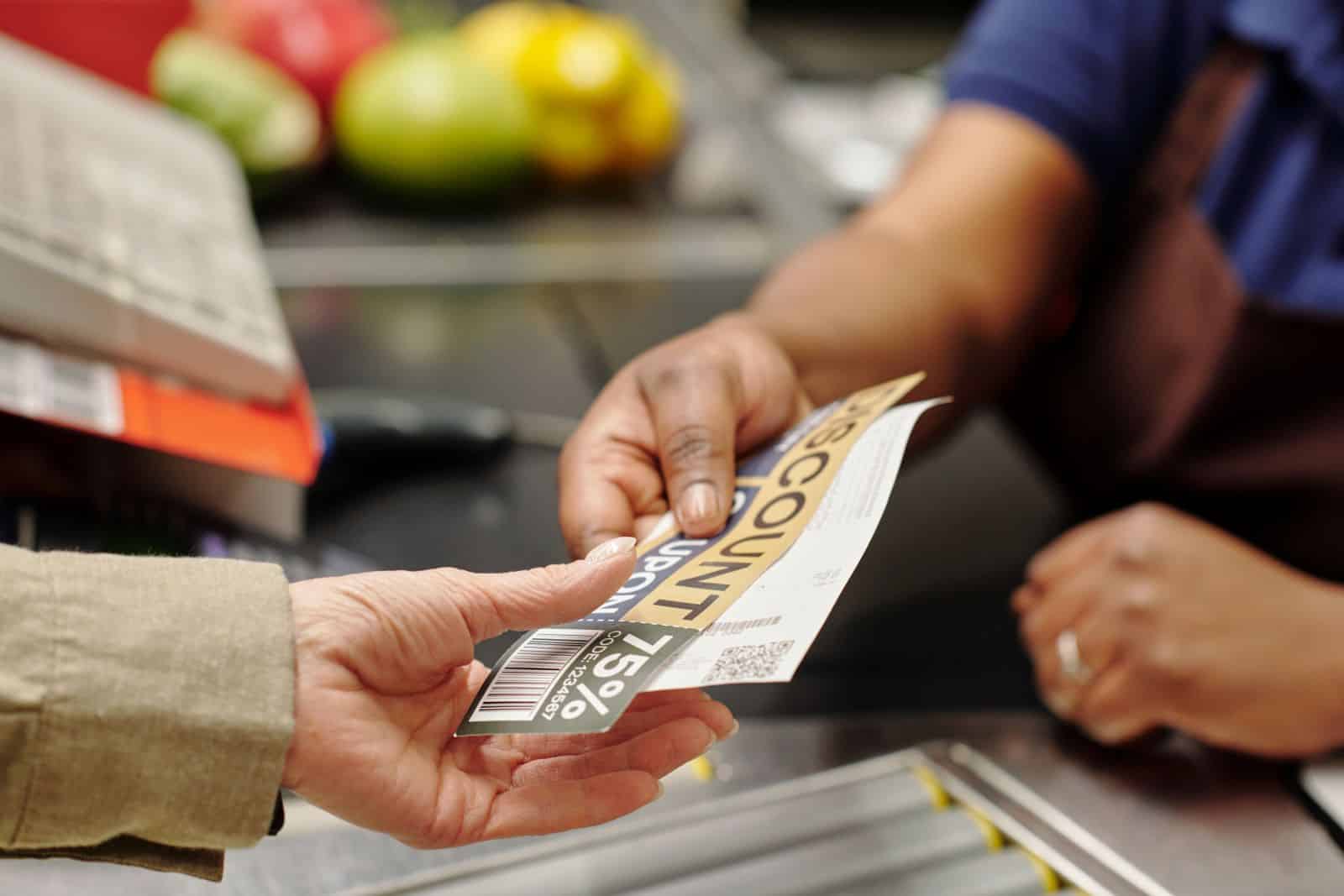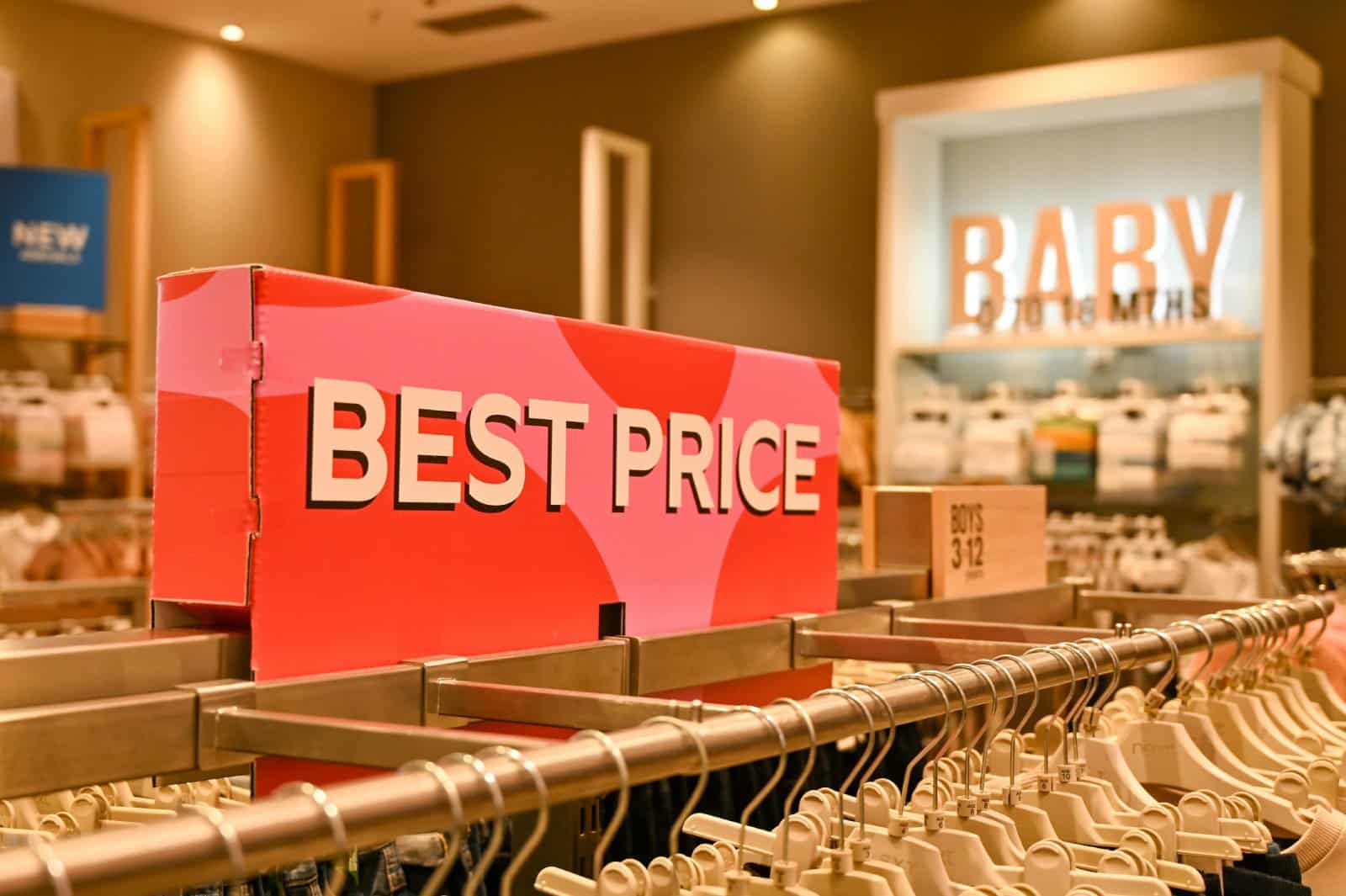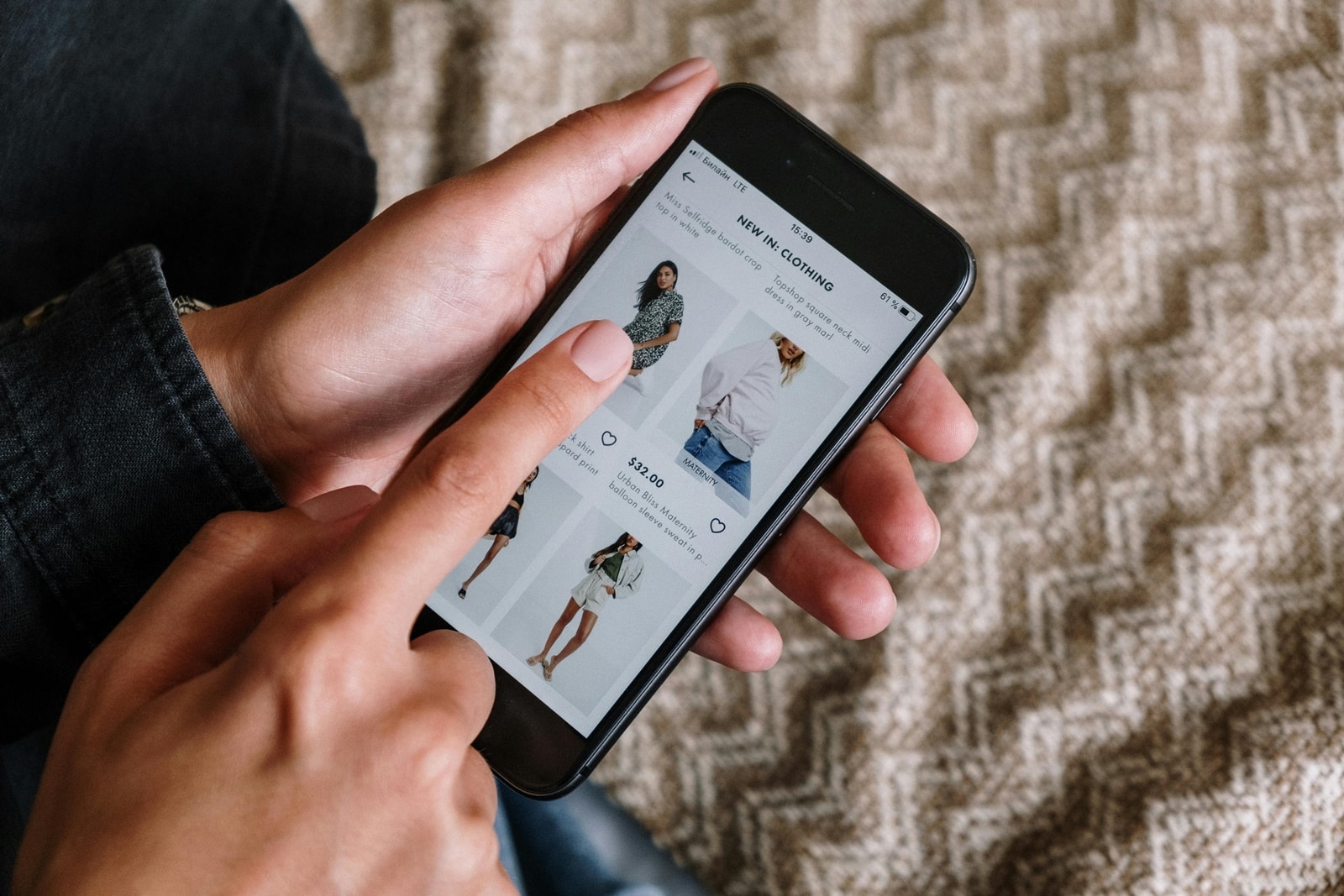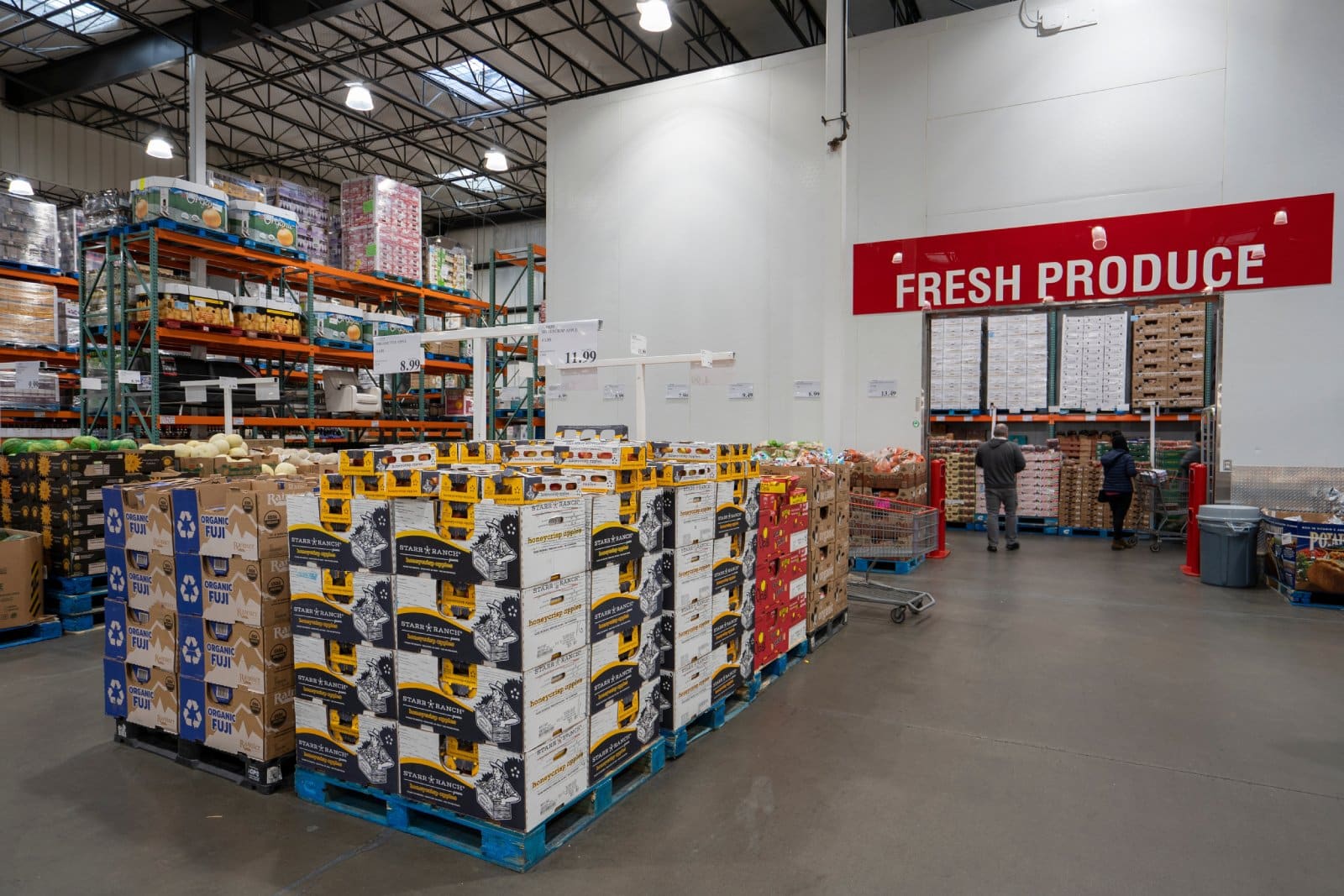Retailers use a variety of tactics to keep you spending more than you intended. Both online and in physical stores, these strategies are designed to separate you from your hard-earned money.
#1. Psychological Pricing

Retailers use prices ending in .99 or .95 to make items seem cheaper. This tactic tricks your brain into thinking you’re getting a deal, even if it’s just a penny less.
#2. Loyalty Programs

Stores offer loyalty programs to keep you coming back. Points and rewards sound enticing, but they often encourage you to spend more to reach the next reward level.
#3. Limited-Time Offers

Flash sales and limited-time discounts create a sense of urgency. This pressure can lead you to make impulsive purchases you might regret later.
#4. BOGO Deals

Buy-One-Get-One deals make you feel like you’re getting more for your money. However, you might end up purchasing items you don’t need just to take advantage of the offer.
#5. Free Shipping Thresholds

Online retailers often set a minimum purchase amount to qualify for free shipping. This tactic encourages you to add more items to your cart to avoid shipping fees.
#6. Product Placement

Stores strategically place high-margin items at eye level and essential items at the back. This forces you to walk through the entire store, increasing the chances of impulse buys.
#7. Decoy Pricing

Retailers use decoy pricing to make other options look more attractive. By placing an expensive item next to a slightly cheaper one, the cheaper option seems like a better deal.
#8. Flashy Displays

Bright, colorful displays draw your attention to certain products. These eye-catching setups are designed to entice you to spend more.
#9. End Caps

Products placed at the ends of aisles are more likely to be noticed and purchased. Retailers use these prime spots to feature high-margin or promotional items.
#10. Sales on Basic Items

Stores advertise discounts on staple items to get you in the door. Once inside, you’re likely to purchase additional full-priced items.
#11. Subscription Services

Retailers push subscription services that offer convenience at a cost. These recurring charges can add up quickly, especially if you forget to cancel.
#12. Email Marketing

Frequent emails with special offers and discounts keep you engaged. These promotions are designed to lure you back to the store or website to spend more.
#13. Cart Abandonment Emails

If you leave items in your online cart, retailers will often send reminders. These emails may include discounts or free shipping to entice you to complete your purchase.
#14. Personalized Recommendations

Online stores use algorithms to suggest items based on your browsing history. These tailored recommendations can tempt you to buy more than you planned.
#15. Membership Fees

Stores like Costco and Amazon Prime charge membership fees for exclusive benefits. These fees incentivize you to shop more to make the most of your membership.
#16. Free Samples

Free samples encourage you to try and then buy new products. This tactic is especially common in grocery stores and cosmetic shops.
#17. Easy Returns

Retailers with generous return policies make you feel safer about making purchases. However, the convenience can lead to more impulsive buying, knowing you can return items later.
#18. In-Store Promotions

Retailers often run in-store promotions that are not advertised online. This tactic encourages in-person visits where you might spend more.
#19. Limited Stock Warnings

Online stores use warnings like “only 3 left in stock” to create urgency. This scarcity mindset can lead to rushed purchases.
#20. Multi-Buy Discounts

Offers like “3 for $10” encourage you to buy more than you need. These deals often lead to higher spending on items that may go unused.
#21. Store Layout

Stores design their layouts to maximize time spent inside. IKEA, for example, uses a winding path that forces you to pass through multiple departments, increasing exposure to products.
#22. Upselling at Checkout

Retailers train cashiers to upsell items at checkout. Whether it’s an extra warranty or complementary products, these last-minute pitches can add to your total bill.
Stay Vigilant

Retailers are masters at using subtle and not-so-subtle tactics to keep you spending. Being aware of these strategies can help you make more conscious purchasing decisions and keep more money in your pocket. Stay vigilant and shop smart to avoid falling into these common traps.
Remote No More: 19 Companies Returning to the Office

As the pandemic wanes, companies are recalling remote workers back to the office, sparking debates on fairness, costs, and convenience. However, there are also notable productivity, coworking, and mental health benefits to consider. Feeling the effects of these changes? Remote No More: 19 Companies Returning to the Office
8 Costco Must Buys and 8 to Leave Behind

Ever wandered Costco’s aisles, questioning if that giant jar of pickles is a real bargain? Or debated buying tires where you get your rotisserie chicken? Welcome to the definitive guide to Costco shopping—a journey to save money, prevent regrets, and offer quirky insights into bulk buying. 8 Costco Must Buys and 8 to Leave Behind
23 Reasons Texas Is the Next Big Thing

Texas is becoming a beacon of opportunity, blending cultural heritage with economic growth. From its landscapes to its industries, the Lone Star State offers a dynamic lifestyle. Here are 23 reasons why Texas stands out, attracting entrepreneurs, artists, tech professionals, and families seeking new beginnings. 23 Reasons Texas Is the Next Big Thing
15 Top Sites to Sell Your Unwanted Goods Besides Craigslist

Selling your unwanted items can declutter your space and boost your income. While Craigslist is popular, there are many alternatives with unique features and wider audiences. Explore these 15 Craigslist alternatives for selling everything from furniture to electronics, finding the perfect platform to turn clutter into cash. 15 Top Sites to Sell Your Unwanted Goods Besides Craigslist
Work from Anywhere: 19 Companies Still Supporting Remote Work

Tired of commuting and craving work flexibility? You’re not alone. Many companies now offer remote work, benefiting both employees and employers. Ever wondered how this shift could enhance your work-life balance? Work from Anywhere: 19 Companies Still Supporting Remote Work
The post – first appeared on Liberty & Wealth.
Featured Image Credit: Pexels / Burst.
The content of this article is for informational purposes only and does not constitute or replace professional financial advice.
For transparency, this content was partly developed with AI assistance and carefully curated by an experienced editor to be informative and ensure accuracy.

